Violent Crime And National Security In Jamaica: An Overview: Background And Context
Jamaica is a small state in the northern Caribbean with a population of approximately 2.69 million people. The state faces significant social and economic challenges with chronic unemployment and underemployment. While the formal economy remains in a stagnant state, the trade in illegal drugs, arms and ammunition has remained dynamic and achieved high levels of organization. The political environment remains stable although the island has experienced periods of political violence. The persistence and even worsening of “the crime problem”, a particularly high incidence of homicides and shootings in addition to rape and carnal abuse, greatly threatens Jamaican national security and the wellbeing of the entire population.
THE EVOLUTION OF VIOLENT CRIME IN JAMAICA: The development of Jamaica’s crime problem since Independence can be divided into three distinct phases.2 Elements of each phase emerge in the phase preceding it, but they are divided chronologically according to when these elements become the dominant characteristics of Jamaican criminality. The first phase (1962-1976) is marked by a predominance of property crimes and relatively low rates of violent crime. This is consistent with the traditional pattern of criminal offending seen during the colonial period. The second phase (1977-late 1980s) marks the turn to violent crime. While in 1974 10 percent of all recorded crimes were violent, by 1984 41 percent of all recorded crimes were violent. The third stage (roughly 1989 to the present) is characterized by two major developments: the rise of transnational organized crime and the development of a subculture of violence. Prior to 1989 the illegal trade in cannabis was structured as follows: foreigners bought from Jamaican farmers to sell in overseas markets. However from 1989 onwards Jamaicans themselves have been the producers and primary traders, penetrating U.S. and later on U.K. markets. This is an important development because Jamaicans directly involved in the drug trade have been able to acquire significant financial clout. They are thus able to protect themselves through methods such as bribery; contributing to corruption in the communities and in law enforcement. The increased level of organization in the drug trade and among those involved is highly significant, marking the evolution of drug related criminality into a viable and even lucrative professional career. These developments provide a context for the emergence of the present subculture of violence in Jamaica, its acceptance and normalization.
THE PROBLEM OF CRIME AND VIOLENCE: Although there is recognition that national security involves addressing issues beyond crime and violence, this remains an issue of highest priority and is widely regarded as the most pressing problem facing the country.4 The extremely high incidence of violent crime/homicide—six times the average homicide rate for the world—poses an enormous threat to national security.5 The breakdown of law and order, widespread corruption on a micro level as well throughout key institutions, the public’s profound lack of confidence in the police force, and the failure of the criminal justice system to provide adequate results show some of the major holes in the Jamaican criminal justice system and “civil defense”.6 Further, the situation has reached a level at which criminality, violence and culture appear linked. Violent crime has attained a level of normalcy despite being much lamented and protested. The development of a “culture of violence” runs parallel to the development of a “culture of fear”— fear and anxiety not only from the violence itself but also that fear which stems from the lack of confidence in those agents and institutions responsible for addressing the crime problem. This lack of confidence and outright distrust results partially from the failure to achieve significant and lasting results and, perhaps more fundamentally, from the abuse of power and authority citizens have experienced for instance in their dealings with the police force. One of Jamaica’s major challenges will be to increase the effectiveness of the state, its agents and institutions in addressing violent crime. This will require the strengthening of key institutions and increased collaboration across relevant bodies, including the public sector, private sector, civil society and private individuals.7 committed leadership in all relevant sectors and powerful political will are needed in addition to the willing participation and personal investment in change from all sections of Jamaican society.
THE SUB-POPULATIONS MOST AFFECTED BY THE PROBLEM AND THE IMPACT ON THE COUNTRY ON THE WHOLE: The crime problem affects all segments of Jamaican society, but the most vulnerable groups are women, children and the urban poor.8 Violent crime in Jamaica is highly concentrated in urban areas, specifically those sections of the main cities and towns where the poor reside. These are the so-called squatter settlements for example in much of Western Kingston. Those directly involved and affected by violent crime, offenders and victims alike, are typically young, unskilled, unemployed, and undereducated males. In 2008, women comprised approximately 10.2 percent of murder victims, and children comprised 5.8 percent. Women remain the primary victims of rape and domestic violence, and secondary victims of violence directly affecting young males. Women are also directly affected by the illegal drug trade, often recruited as "drug mules" and finding themselves imprisoned abroad.11 With absent fathers and imprisoned mothers, many children have a dramatically increased likelihood of juvenile delinquency, becoming involved in gangs, violence, and drug related criminality. The vicious circle phenomenon emerges here. Only the tiniest fraction of the Jamaican population can claim to be completely untouched by crime and violence. National polls indicate that the crime problem is the public’s number one concern. Fear and anxiety affect all sections of Jamaican society to significant and in some cases debilitating degrees. The 2006 Jamaican National Crime Victimization Survey indicates a high percentage of citizens feel unsafe or very unsafe outside of their own homes and outside their communities, with 16 percent feeling unsafe or very unsafe even while in their homes at night and 25 percent while walking in their own communities at night. A high percentage of respondents to the survey indicate feeling unsafe conducting various day to day activities such as using public transport, going to school or work, shopping, or attending entertainment events after dark. As violent crime literally claims or dominates the lives of so many youths, the country on the whole is robbed of much of its human potential. The instability of the social environment, the high incidence of violent crime, and the risk of extortion also strongly affects local businesses and deters potential foreign investors. The high security costs drives up the buying price of export goods, making Jamaican made products significantly less competitive on the global market. This greatly affects Jamaica’s potential for economic development and as such affects the entire population. Based on a 2004 estimate, the cost of violent crime is 4 percent of Jamaica's GDP.14 Further work by the United Nations Office of Drugs and Crime indicates that Jamaica would achieve significantly higher rates of GDP growth if the homicide rate could be reduced "to the level of Costa Rica".15 Within the health sector needed resources directed toward addressing violent crime are being diverted from primary care, as well as from the treatment of prevalent diseases such as diabetes. According to the Division of Health Promotion and Protection, in 2001 violent crime absorbed 11 percent of the budget at Kingston Public Hospital.16
LEGAL FRAMEWORK AND INSTITUTIONAL MECHANISMS: Although at times violated in practice, Jamaica’s legal structures are in agreement with international standards for the protection of the human rights of all citizens. The police are legally accountable for human rights abuses, which are locally monitored, and citizens have the right to redress. In general, Jamaica’s laws follow the English common law tradition; but the promised protections tend to be violated in practice and the relevant institutions for dealing with these violations are often inefficient and ineffective. Traditionally the institutional mechanisms for addressing the problems of crime and violence have been restricted to state institutions such as the police force, the courts and the prison system. However, in recent times new non-state institutions have emerged which respond in no criminalizing ways to aspects of the larger problem. These institutions are usually supported by the state and may receive state funding; but they enjoy a significant degree of autonomy because the state does not adopt a leadership role in their operations. These institutions include the Peace Management Initiative (PMI) and the Dispute Resolution Foundation (DRF). The PMI attempts to bring peace to violence torn communities through negotiating truces between warring factions (including but not limited to gangs) and through designing and implementing social crime prevention projects centered on training and employment. The DRF is primarily concerned with mediation at the interpersonal level.
STATE AND NON-STATE INTERVENTIONS: State interventions to address crime in Jamaica have been directed towards making the relevant institutions more effective. The main interventions concern the Jamaican Constabulary Force and the Jamaican justice sector. Civil society has had little to no involvement in these interventions. There has been an ongoing police reform program since 1994. There are four broad target areas for reform: crime detection; human resources i.e. recruitment and training; anti-corruption; and relationship with citizens i.e. promoting greater respect for human rights.19 Evaluations show that results have been mixed, and fundamental attitudinal and cultural change within the JCF are still lacking.20 Justice sector reform consists largely of efforts to improve accessibility to the courts through improving the legal aid system. At the community level there have been several initiatives, some being partnerships with the state receiving its support and some degree of funding. These interventions occur in the areas most affected by violence and are concerned with peacekeeping and creating opportunities to offset some of the social roots of criminality. Some major interventions include: the Peace Management Initiative (PMI) mentioned above; the Citizen Security and Justice Program (CSJP); the Community Security Initiative (CSI); and the Poverty Reduction Programme II (PRPII). Most programs share employment and skills training, and education interventions as common goals and concerns. Other areas of focus include parenting and the development of sports, music and theater programs. However these last two areas are in need of serious strengthening.
CONCLUSION AND DESIRED OUTCOME: Although crime and violence is recognized as a hugely serious problem, corruption, distrust, inefficiency and attitudinal problems pose a significant obstacle to meaningful institutional and social transformation. The toxicity of the status quo must be fully reckoned with, particularly by those maintaining an investment in its continuation. The desired outcome surely includes: -Increased capacity of the Government of Jamaica to fulfill its obligations to the population through the transformation of its agents and institutions -Protection of human rights in practice as well as in the Jamaican Constitution -Cultural and attitudinal change emphasizing respect for life and high personal investment in creating and maintaining a peaceful and corruption-free society -Creation and maintenance of a safe and secure environment facilitating the development of human potential -Development and productive harnessing of Jamaica’s human potential -Redirection of valuable resources currently serving efforts against crime into key sectors such as health and education Successfully addressing the crime problem in Jamaica holds the possibility for the development and strengthening of the country; but also for the transformation of social relations, citizenship and culture.
REFERENCES:
Amnesty International: 2007. ‘Let them kill each other’: Public Security in Jamaica’s Inner Cities, Amnesty International –website
Assessment of community security and transformation programs in Jamaica, Draft, Unpublished Report 2009.
Department of Justice, Canada. International Development Group. 2007. Justice in Jamaica – a preliminary assessment, unpublished paper
Francis, A. et. al. 2009. Crime and Development: The Jamaican Experience. Kingston: SALISES (UWI)
Government of Jamaica. 2007. National Security Policy for Jamaica, Jamaica Information Service
Harriott, A. 1996. The Changing Social Organization of Crime and Criminals in Jamaica. Caribbean Quarterly Vol. 42, Nos. 2-3.
Harriott, A. 2006. Police and Crime Control in Jamaica –problems of reforming ex-colonial constabularies. Kingston: University of the West Indies.
Harriott, A. 2008. Bending the Trend Line: The Challenge of Controlling Violence in Jamaica and the High Violence Societies of the Caribbean., Kingston: Arawak Publications
Headley, B. 2002. A Spade is still a spade: Essays on crime and the politics of Jamaica. Kingston: LMH Publishing
Henry-Lee, A. 2005. Women in Prison: The Impact of the Incarceration of Jamaican Women on Themselves and Their Families. Kingston: PIOJ
Human Rights Watch. 2004. Hated to Death: Homophobia, Violence and Jamaica’s HIV/AIDS Epidemic, HRW Vol. 16 No 6B -website
Jamaican Justice System Reform Task Force. 2007. Final Report, unpublished
Levy, H. 1996 (revised 2001). They Cry ‘Respect’ –urban violence and poverty in Jamaica, Centre for Population, Community and Social Change, University of the West Indies
MacMillan, T.N. et. al. 2006. Roadmap to a Safe and Secure Jamaica, Report of the Special Task Force on Crime
Mclean, J. et. al. 2008. Jamaica—Community-Based Policing Assessment. Report produced for JCF and USAID
Ministry of National Security, A New Era of Policing in Jamaica: Transforming the JCF, Government of Jamaica
Ministry of National Security, National Security Strategy, Government of Jamaica
Planning Institute of Jamaica. 2008. Economic and Social Survey of Jamaica
UNODC/World Bank. 2007. Crime, Violence, and Development: trends, costs, and policy options in the Caribbean 2007. Report 37820. Washington D.C.: World Bank.
Wortley, Scot et. al.2006. The Jamaican National Crime Victimization Survey. Centre of Criminology, University of Toronto
- Courtesy of Monroe College
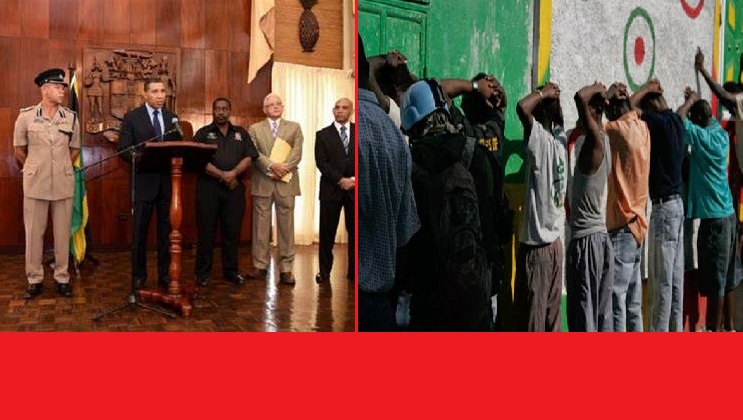




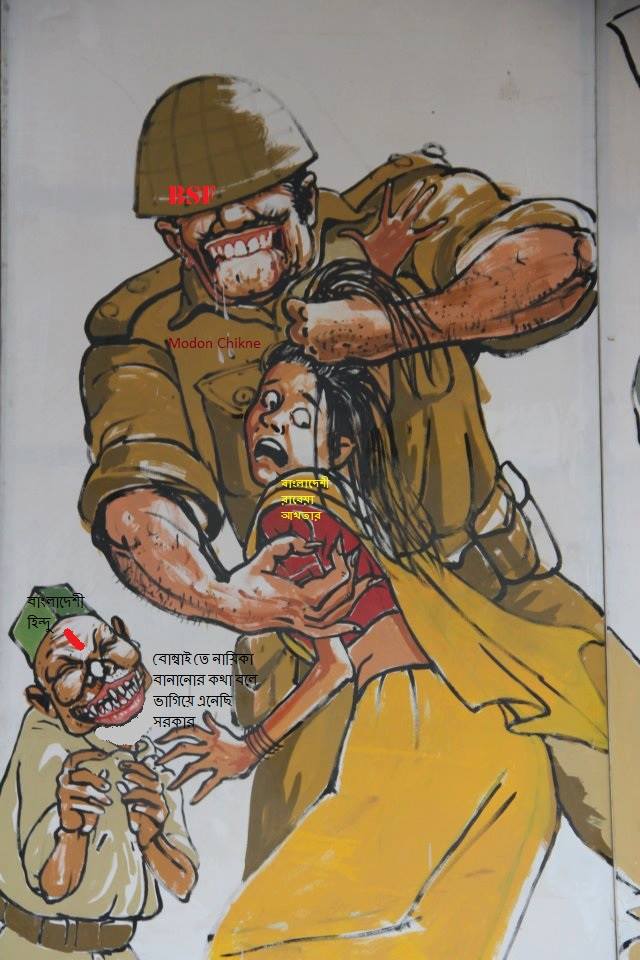
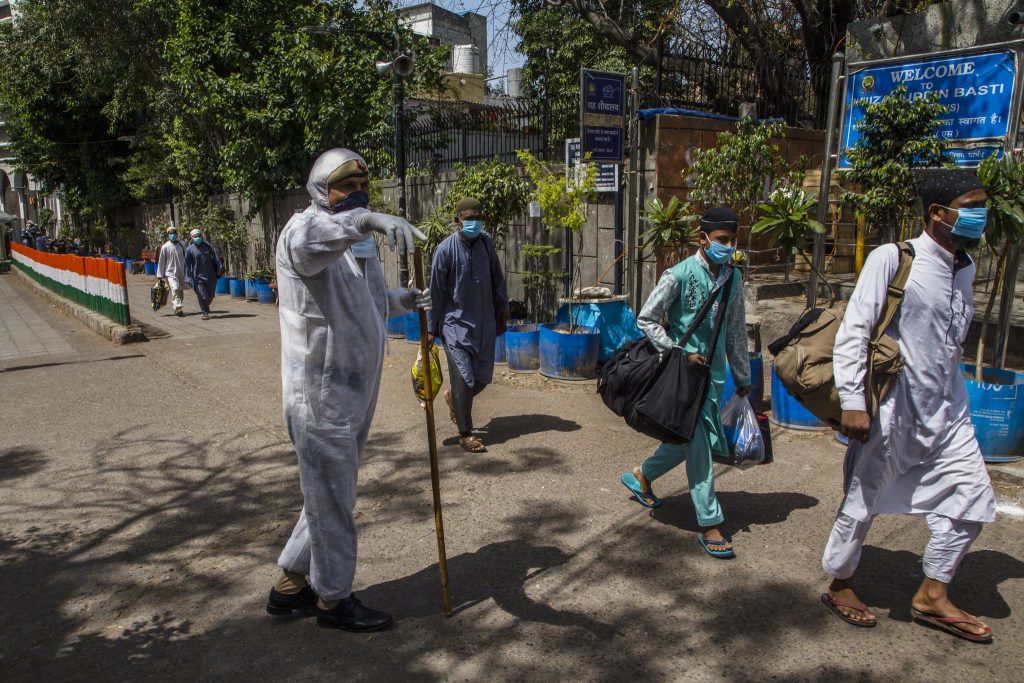
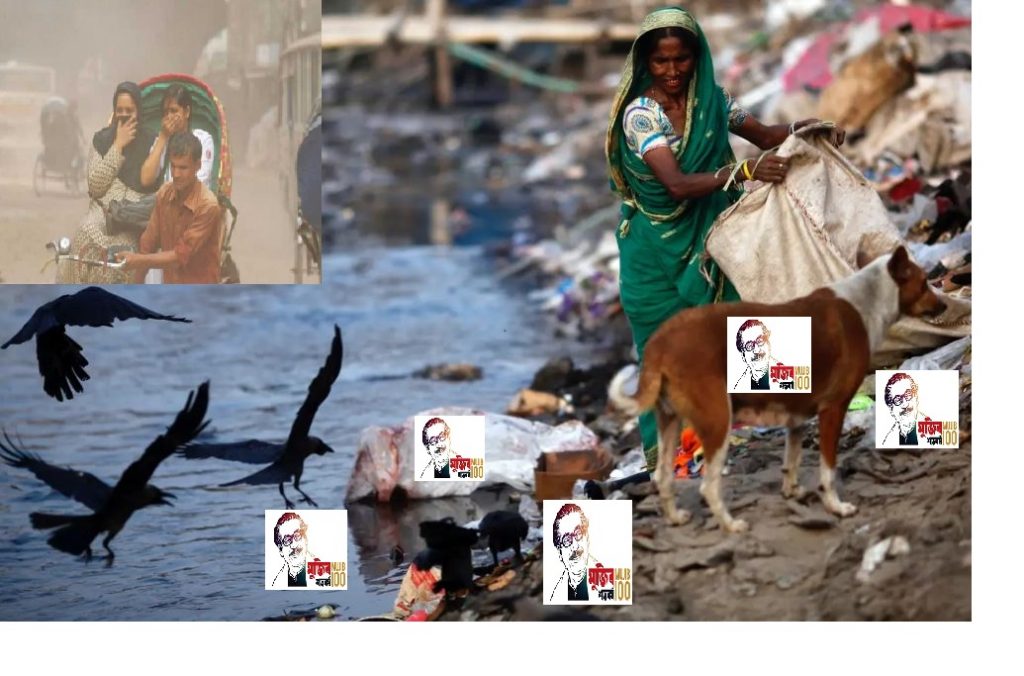




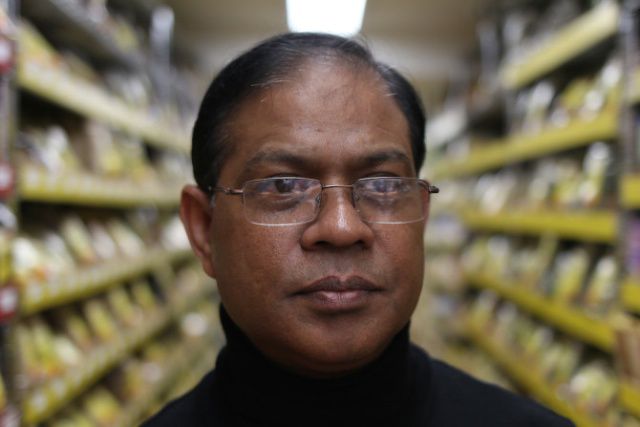

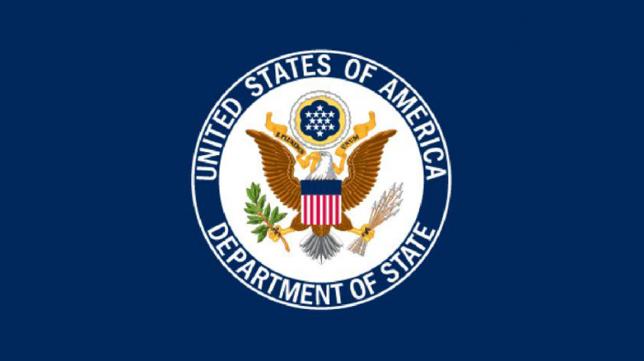


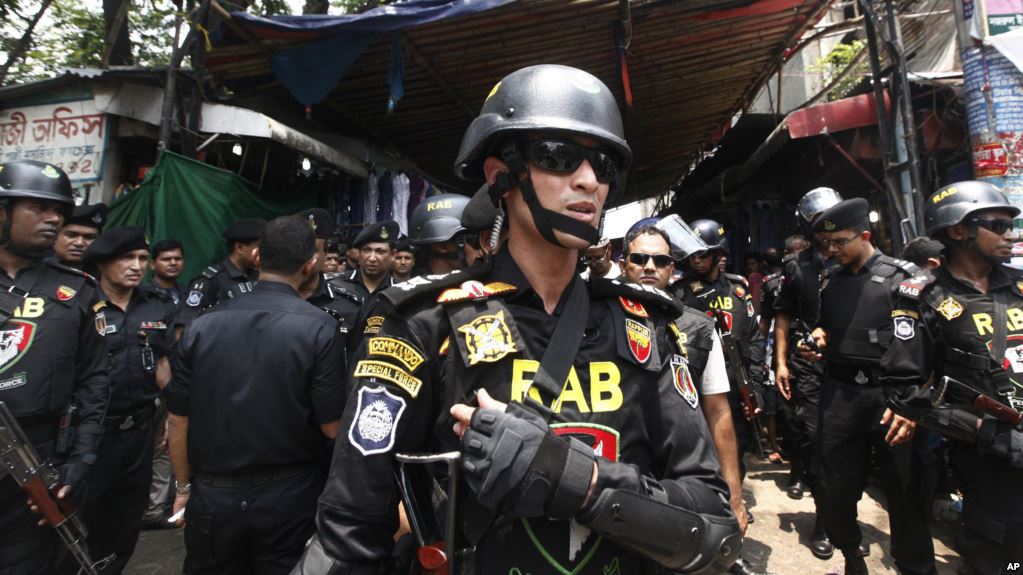


Comments